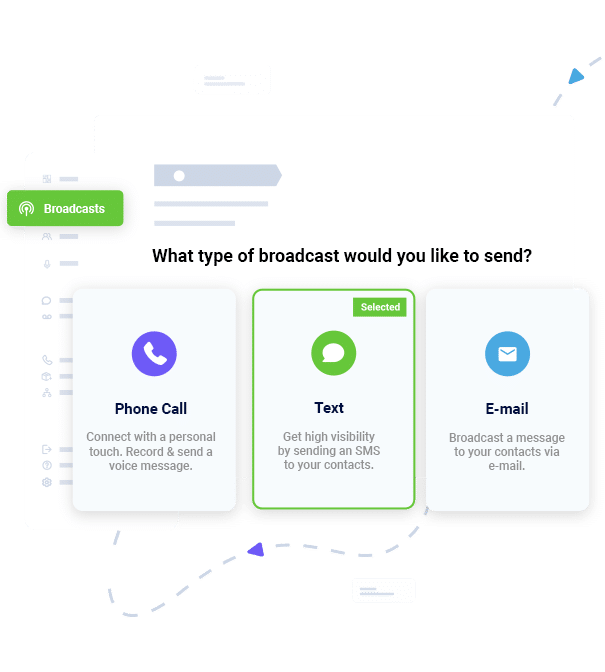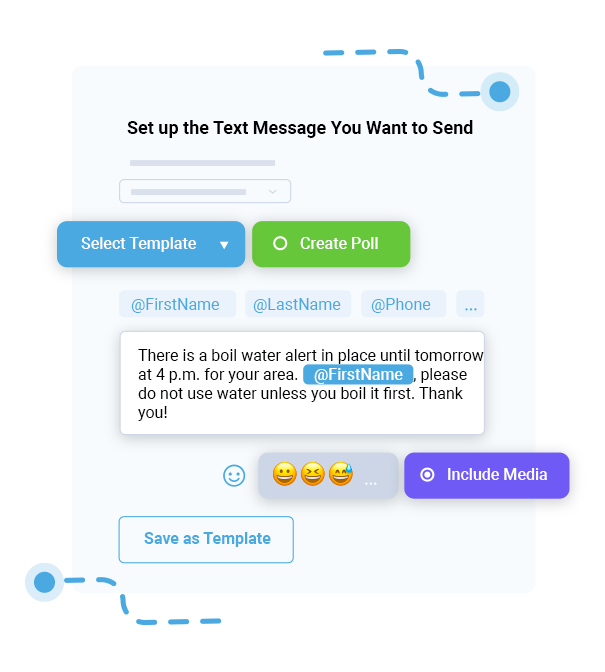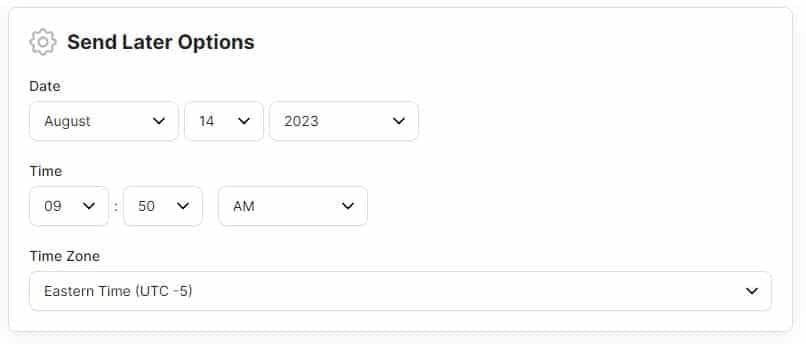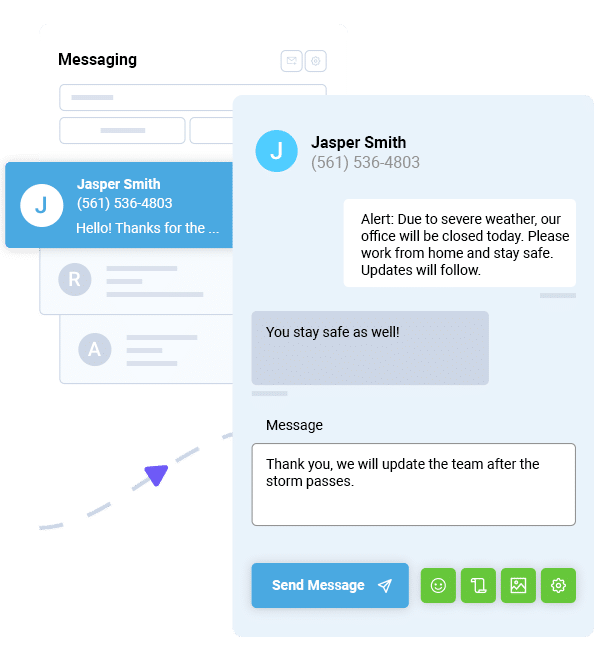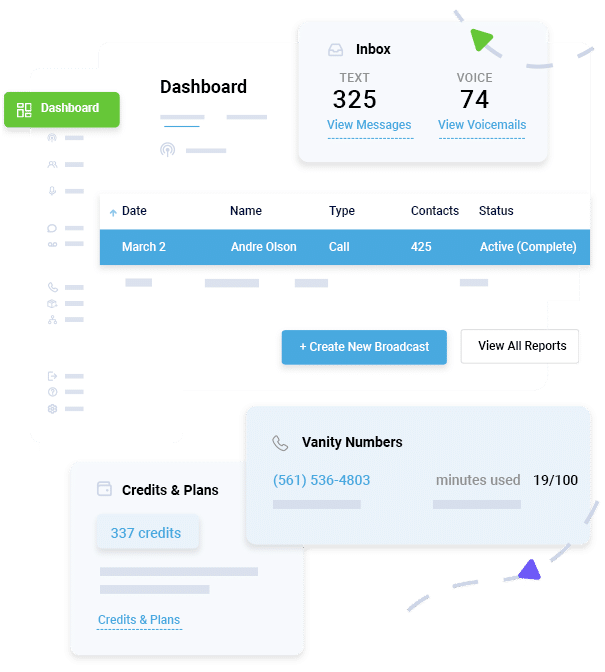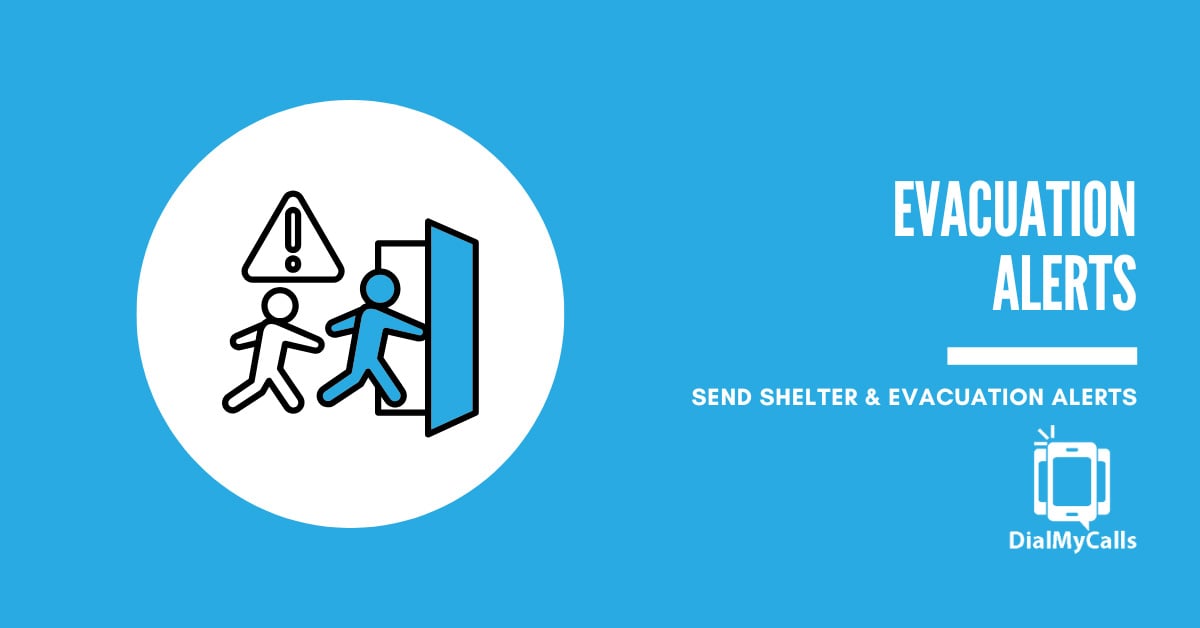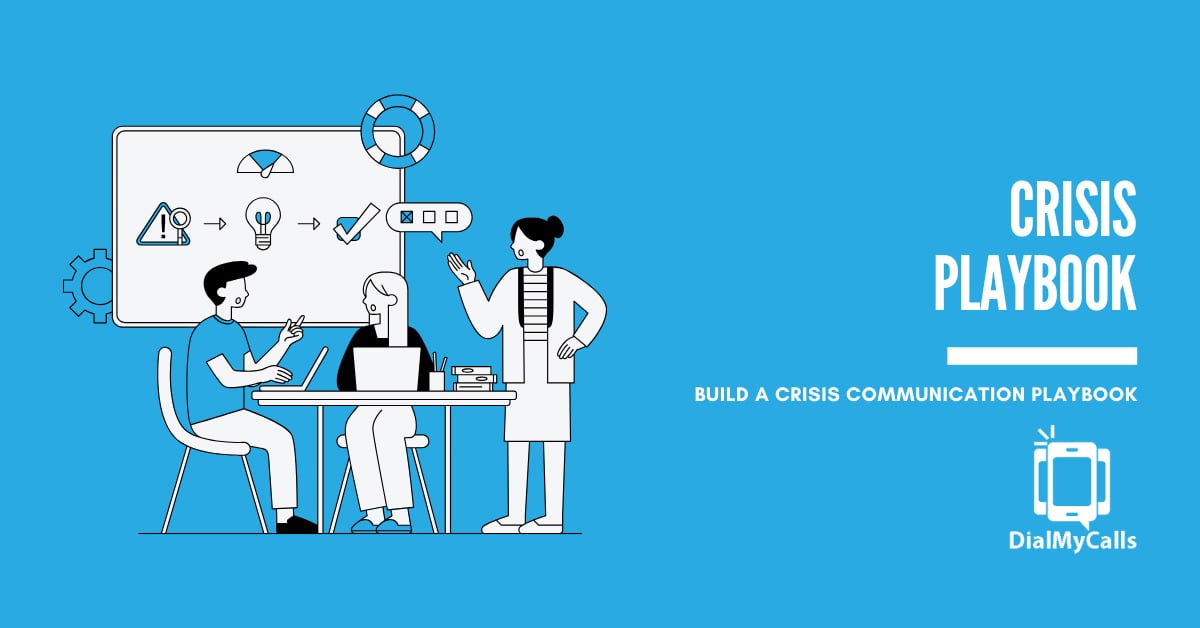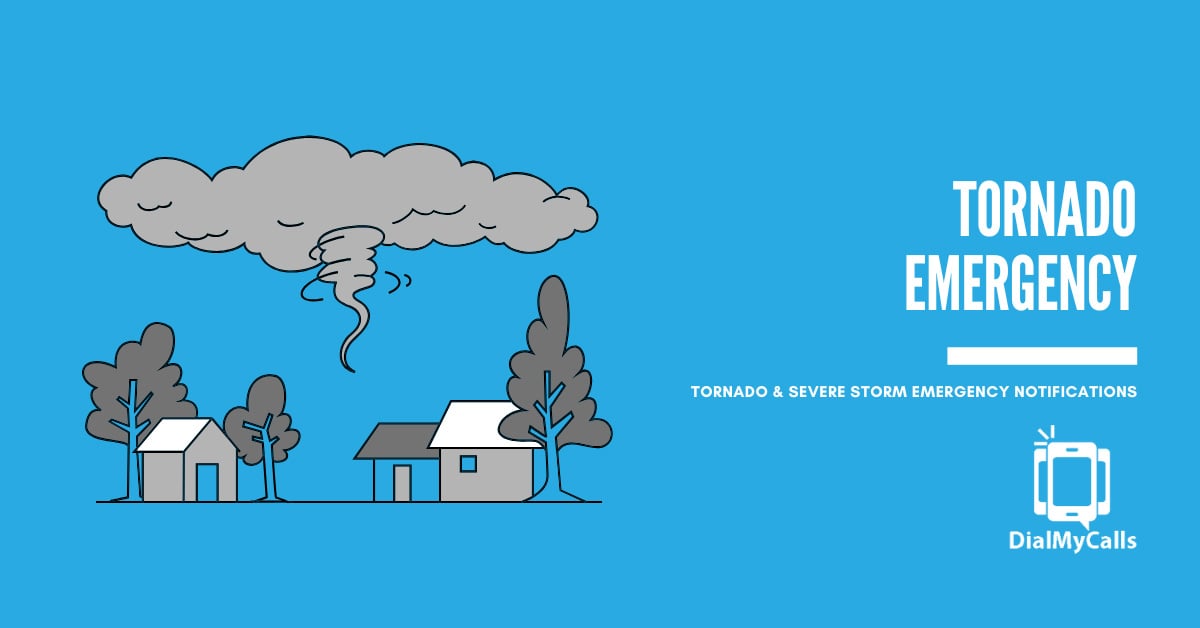Why Local Governments Need SMS Notifications for Crisis Communication
Posted by Tim Smith in Emergency Notification on May 14, 2025
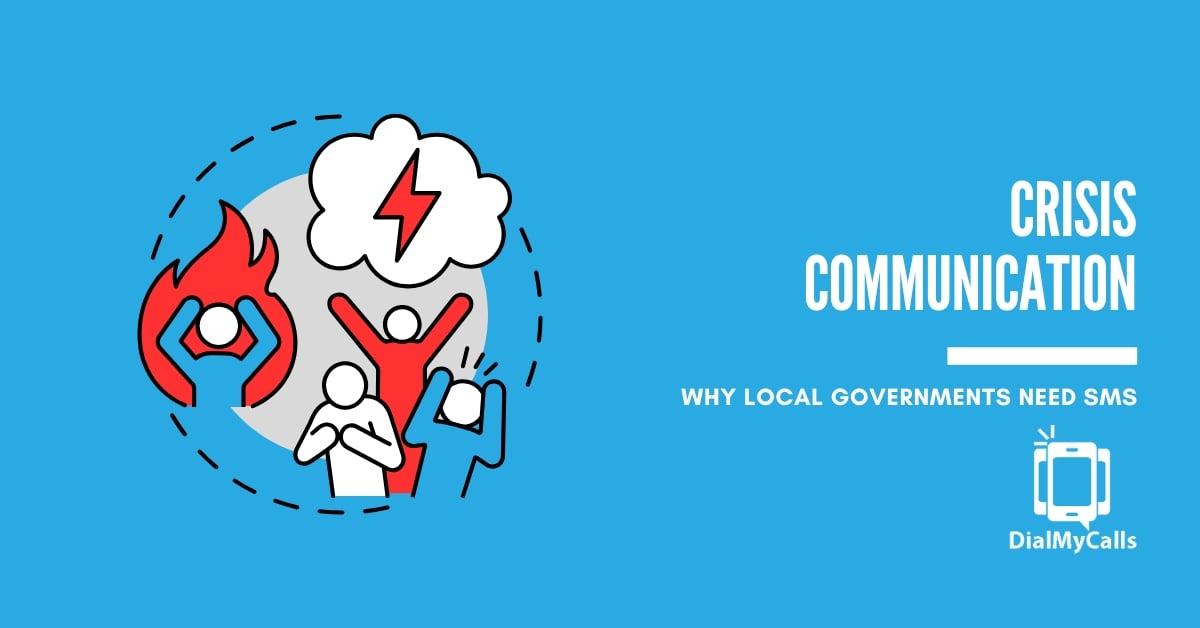
If there’s one truth local governments know all too well, it’s this: emergencies don’t come with a heads-up. Whether it’s a hurricane swelling off the coast, a wildfire skipping through dry grasslands, or a fast-moving public health scare, the speed of your response can shape outcomes.
That’s why crisis communication is more than just another item on your checklist. It’s the lifeline between you and your community. And in moments when every second counts, SMS notifications just might be the most powerful tool you have. Let’s talk about why.
The Challenge of Keeping Everyone Informed
First, take a look at your current communication strategy. You’re probably using email, social media, and maybe even a city app. These channels have their strengths, sure, but they also come with some pretty significant blind spots.
- Social media depends on algorithms. Your emergency alert might get buried under a sea of memes, ads, and unrelated news. And as algorithms are tweaked for profitability, organic visibility gets lost. In fact, many people in your area might never see important updates on social media if they don’t go directly to your account/page.
- Email suffers from low open rates, especially when inboxes are clogged. It’s especially true during a crisis, when citizens have a lot on their minds to do for prep.
- City apps require downloads, logins, and push notifications that people often turn off or never enable in the first place. Plus, many people won’t download a city app just because they don’t want yet one more app cluttering their device.
- Phone calls can be effective but are often ignored or blocked by robocall filters. With the immense surge in spam calls, many people no longer answer calls from numbers they don’t know, meaning that your alert will go to voicemail, which they might not even bother to check.
And in the middle of an emergency, your message can’t afford to get lost. That’s where SMS (short message service) comes in.
Reach Thousands, Instantly
Grow Your Business by Leveraging Mass Texting
Why SMS Notifications Are a Game-Changer for Local Governments
Text messages do something almost no other channel can do: they get read. They get to recipients in a way that email, social media posts, proprietary app alerts, and even phone calls cannot.
Studies show that over 98% of Americans own a cellphone (Pew Research Center), and 90% of SMS messages are read within three minutes of delivery (Mobile Marketing Association). That’s about as close to guaranteed visibility as you’re going to get in a noisy, distracted world.
There’s another advantage to using SMS. It’s reliable. Even when cell towers are overwhelmed or Internet access is down, SMS often gets through. It’s simple, low-bandwidth, and doesn’t rely on apps or Wi-Fi.
Let’s break down why SMS is especially well-suited to crisis communication:
Ubiquity
With SMS, there’s no need to assume your audience is tech-savvy. SMS reaches everyone, grandparents, teens, rural residents, and folks who don’t follow your city on Twitter. As long as they have a phone that receives texts, they’re reachable.
Instant Delivery
There’s no lag. When you hit “send,” your message goes out in real time. That can make all the difference in a fast-developing situation. Social media is instant, but your message can get buried. Emails may not actually go out when you hit the “send” button or may get shunted into a spam folder.
High Engagement
People are conditioned to check their texts. Unlike emails or app alerts, SMS messages create a sense of immediacy, and most people act on them. So, you can pretty much count on your citizens checking the message right away.
No App Required
You don’t need to beg citizens to download one more thing or learn to use one more app. With SMS, you’re working with what they already have in their pocket. People use native SMS capabilities every day and know how to navigate the apps.
Now, let’s take a look at the kinds of situations where SMS really shines.
When SMS Saves Time and Lives
Natural Disasters
Storms don’t wait for anyone. When a hurricane is closing in or a flood warning is issued, every minute counts. SMS lets you:
- Alert residents to evacuate zones.
- Send shelter locations.
- Share updates as conditions evolve.
You can even schedule follow-ups post-disaster, like power restoration notices, supply distribution points, and reentry information.
Public Safety Threats
Whether it’s an active shooter situation, a missing child, or a chemical spill, SMS helps you get the word out fast, without relying on social media virality or news coverage.
Example: “Emergency alert: Shelter in place near downtown due to police activity. Updates to follow.”
Health Alerts
Think boil water advisories, disease outbreaks, air quality warnings. You want to speak clearly, directly, and without delay.
Example: “Boil water notice in effect for Zone 3 due to contamination risk. Full details here: [link]”
Service Interruptions
Power outages, road closures, transit delays are inconvenient at best and dangerous at worst. With SMS, you keep people informed and reduce frustration.
Example: “Traffic alert: Main Street closed for emergency repairs. Use detour via Maple Ave. Expected reopening: 6 PM.”
And here’s the thing: people actually appreciate being in the loop. A well-timed text does so much more than inform. It shows that you care about the citizens and have taken a proactive stance toward public safety and communication. Not only does that help keep people safer, but it builds a stronger sense of community and communal support.
How to Build a Better SMS Crisis Communication Strategy
So, you’re on board with using SMS. The next step? Doing it right. Here’s how to build a system that works when you need it most.
Start Before the Storm
SMS only works if you have numbers to send to. That means building a citizen opt-in system early, preferably during calm weather, not in the middle of a tornado watch.
- Include SMS sign-ups on your city website, water bills, library flyers.
- Partner with schools, houses of worship, and local orgs to reach more people.
- Make it clear what kind of messages people will get (emergency alerts only, or also traffic and weather notices?).
Write With Clarity
You’ve got 160 characters to get your point across and limit the potential for confusion. Make it count.
- Be specific: “Boil water notice” is better than “important update.”
- Use plain language: Avoid jargon or abbreviations that confuse.
- Add a link: Direct users to a webpage with more info if needed.
Example: “Severe thunderstorm warning for Jefferson County until 4 PM. Stay indoors. See details: [link]”
Automate but Stay Human
Use templates and scheduling tools for consistency and speed but don’t forget the human side. A calm, confident tone helps people feel reassured even in high-stress moments.
Test your system regularly
Too often, we assume emergency systems will work just because they did during setup. But the only way to know? Practice.
- Send quarterly test alerts.
- Simulate different crisis scenarios with staff.
- Ask citizens for feedback on message clarity.
Make Room for Two-Way Texting
If your SMS platform supports it, enable responses so that people can reply. During a crisis, this opens the door to real-time reporting and support.
- Citizens can confirm they’ve evacuated.
- Staff can report supply shortages or road issues.
- You get a pulse on the situation without needing to send out more boots.
SMS vs. Social Media: Not Either/or but SMS Comes First
You might be wondering, shouldn’t we still post on Facebook or send emails? Absolutely. Each platform has its place. But SMS should be the first wave of communication, especially when speed matters most.
Think of it like triage. Text messages go straight to the person. Social media can catch those who didn’t opt in. Email fills in the rest. However, relying solely on posts or newsletters in a crisis is like shouting into the wind.
Real-World Example: California’s Camp Fire
Take the city of Paradise, California, as an example of what not to do. During the 2018 Camp Fire (the deadliest and most destructive wildfire in state history) many residents didn’t receive evacuation notices in time. Power outages knocked out landlines. Cell signals were spotty. And while some were glued to news sites or Twitter, others simply weren’t aware until it was too late.
After the fire, municipalities across California began rethinking emergency communication. More towns adopted mass SMS notification systems, often partnering with providers like DialMyCalls to make it happen. With cell-based alerts, even residents without smartphones or internet access could get real-time updates.
Best Practices to Maximize Your SMS Success
To wrap up, here’s a short list you can keep on your bulletin board.
Do:
- Encourage sign-ups across multiple platforms.
- Keep messages short and focused.
- Use recognizable sender IDs.
- Link to trusted sources for more information.
- Review and update your contact database regularly.
Avoid:
- Relying solely on apps or social media.
- Sending messages too late.
- Overloading texts with complex directions.
- Using abbreviations or acronyms without explanation.
Why DialMyCalls Is Built for This Moment
You’ve got options when it comes to SMS systems, but what makes DialMyCalls a strong partner is our blend of reliability, simplicity, and customization.
You can segment your messages by geography, schedule alerts in advance, or trigger them instantly. There’s support for two-way messaging, voice alerts, and even email integration. Whether you’re managing a small town or coordinating regional response, it scales to your needs.
And, yes, it’s secure, intuitive, and built with public sector challenges in mind.
Final Thoughts: Send the Message Before It’s Too Late

Here’s the truth about crisis communication: when you do it well, it often goes unnoticed. People don’t think about the alert that helped them avoid a closed road, or the text that led them to safety. But when communication fails, the consequences are loud, painful, and long-lasting.
SMS is so much more than another notification channel. It’s your direct line to the people you serve. It’s how you keep folks informed, calm, and prepared when everything else is unraveling.
So, don’t wait for the next big storm, the next blackout, or the next emergency. Start now. Build your database, craft your messages, and test your system.
The next time something goes wrong, your message could be the thing that keeps someone safe.
Mass Texting, Made Easy
Send Bulk Text Message Campaigns in Seconds
Author
Tim Smith is the Media Manager at DialMyCalls, where he has leveraged his expertise in telecommunications, SaaS, SEO optimization, technical writing, and mass communication systems since 2011. Tim is a seasoned professional with over 12 years at DialMyCalls and 15+ years of online writing experience.
Try Using DialMyCalls Right Now
Start For Free
Recent Posts
- How to Send Effective Shelter & Evacuation Text Alerts During Emergencies
- A Step-by-Step Guide to Building a Crisis Communication Playbook
- 6 Top Emergency Notification Challenges Schools Face and How to Solve Them
- 7 Best Practices for Tornado and Severe Storm Emergency Notifications
- 7 Best Practices for Church Emergency Notifications to Keep Congregations Safe
Categories
“I am a youth minister and have spent hours in the past calling students individually to remind them of an upcoming event or to get out an urgent announcement. With DialMyCalls.com, I cut that time down to about 1 minute. I also love how I can see exactly who answered live and how long they listened so I know if they heard the whole message. DialMyCalls.com is the best website I have stumbled upon all year! Thanks!”
Central Baptist Church
Try Using DialMyCalls Right Now
Start For Free
Author
Tim Smith is the Media Manager at DialMyCalls, where he has leveraged his expertise in telecommunications, SaaS, SEO optimization, technical writing, and mass communication systems since 2011. Tim is a seasoned professional with over 12 years at DialMyCalls and 15+ years of online writing experience.
Try Using DialMyCalls Right Now
Start For Free
Recent Posts
- How to Send Effective Shelter & Evacuation Text Alerts During Emergencies
- A Step-by-Step Guide to Building a Crisis Communication Playbook
- 6 Top Emergency Notification Challenges Schools Face and How to Solve Them
- 7 Best Practices for Tornado and Severe Storm Emergency Notifications
- 7 Best Practices for Church Emergency Notifications to Keep Congregations Safe
Categories
“I am a youth minister and have spent hours in the past calling students individually to remind them of an upcoming event or to get out an urgent announcement. With DialMyCalls.com, I cut that time down to about 1 minute. I also love how I can see exactly who answered live and how long they listened so I know if they heard the whole message. DialMyCalls.com is the best website I have stumbled upon all year! Thanks!”
Central Baptist Church
Try Using DialMyCalls Right Now
Start For Free
